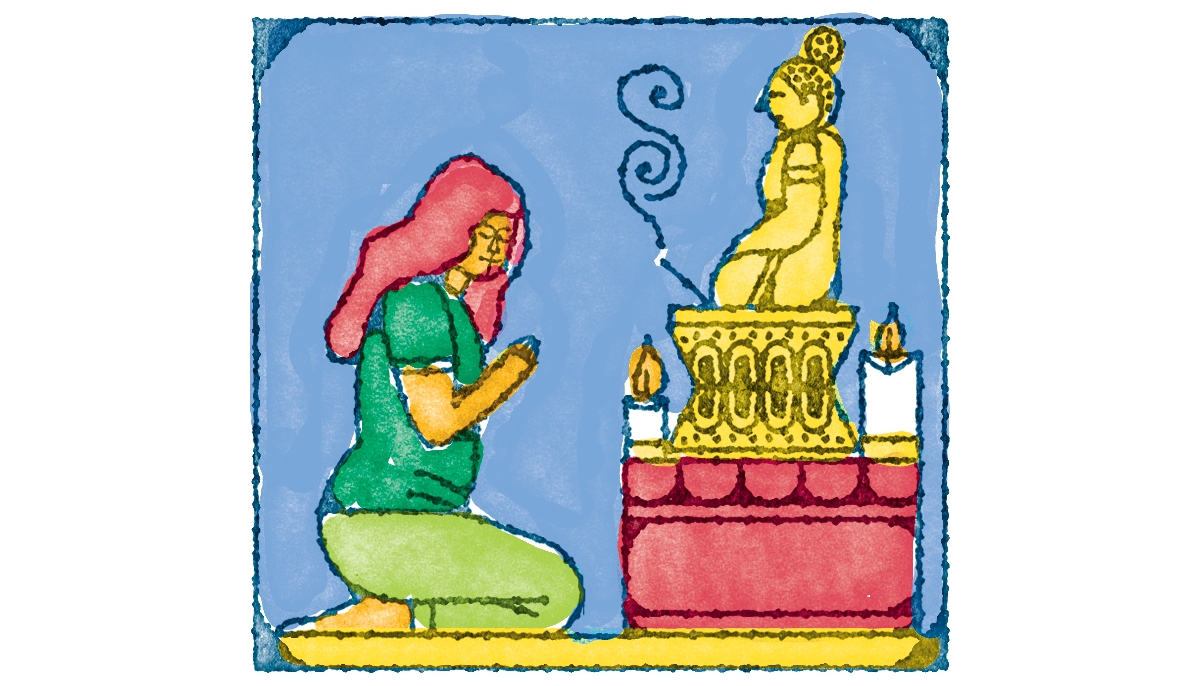Bowing is a gesture of humbleness and respect, one that is easily understood in Asian traditions, but it can seem strange in the modern West. In Buddhism, there are three main kinds of bowing: Bowing toward shrines and statues, and even great Buddhist texts, is a sign of respect for the teachings, those who embody them, and the virtuous qualities—such as non-violence—they uphold. Bowing to teachers shows your respect for the example they set and your willingness to follow their teachings. When students bow to each other, it is in mutual recognition of the inherent goodness in each of us. In every case, bowing also inserts a mindful pause into everyday encounters—a micro-moment of meditation.
Why do Buddhists bow?
In Asian traditions, bowing is a gesture of humbleness and respect, but it can seem strange in the modern West.
